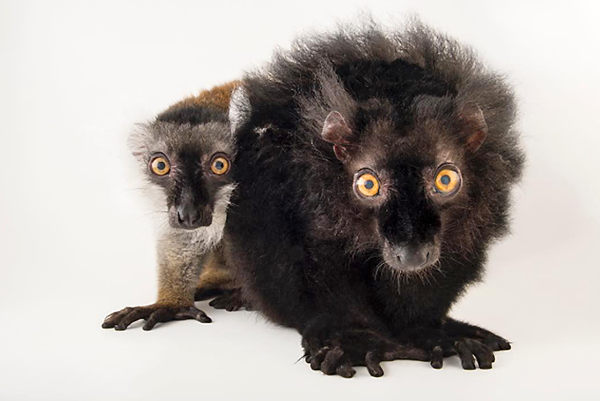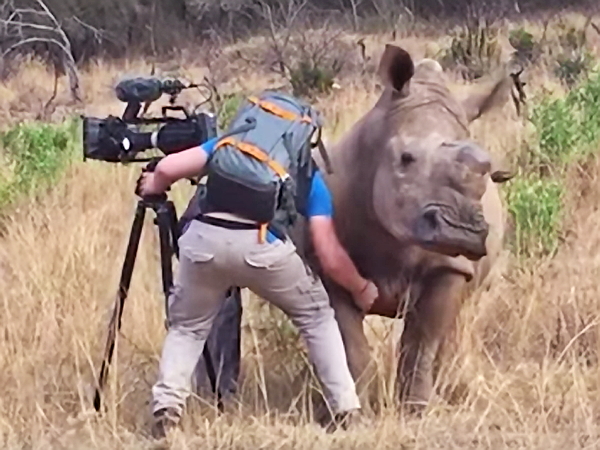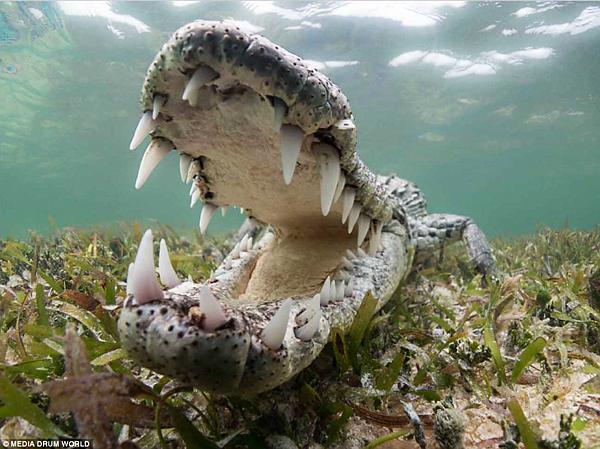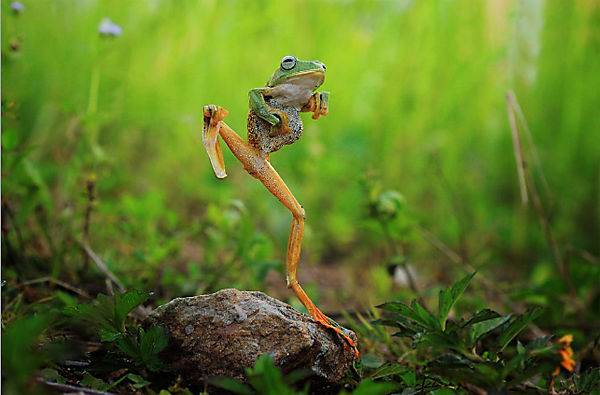Wildlife Photography How To
Sort By: Post Date TitlePublish Date
|
Apr 10, 2017 |
|
Mar 31, 2017 |
|
Mar 15, 2017 |
|
Mar 13, 2017 |
|
Mar 02, 2017 |
|
Feb 17, 2017 |
|
Feb 14, 2017 |
|
Feb 10, 2017 |
|
Feb 06, 2017 |
|
Feb 03, 2017 |
|
Jan 20, 2017 |
|
Jan 17, 2017 |
|
Jan 05, 2017 |
|
Dec 21, 2016 |
















